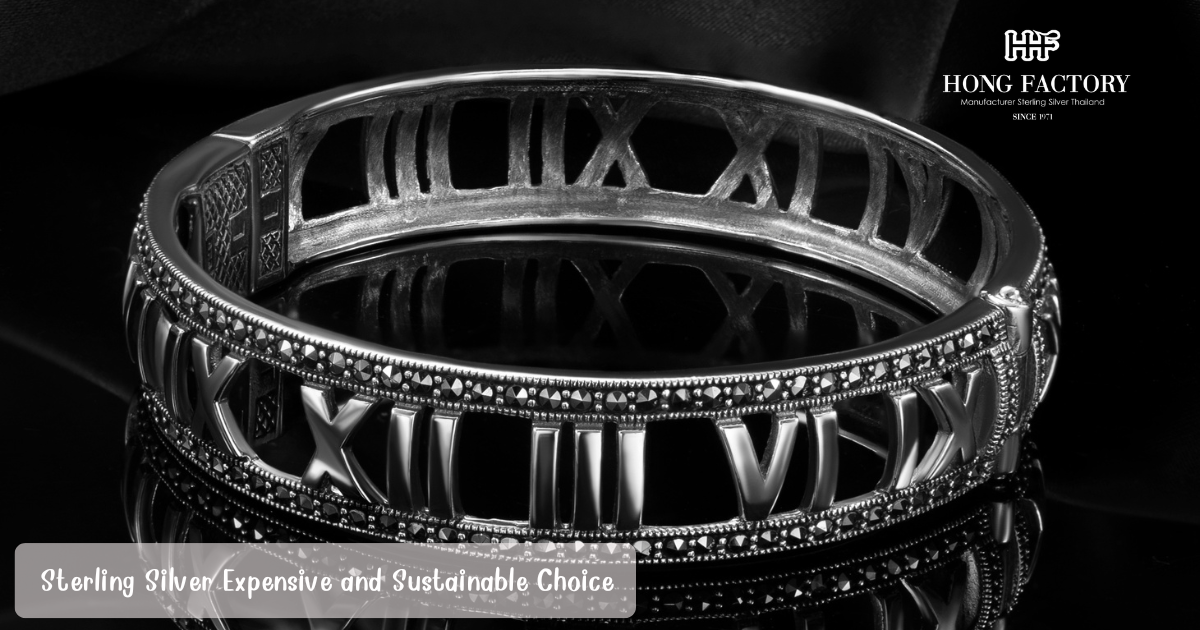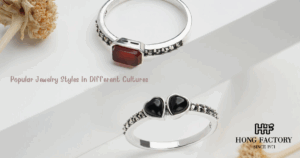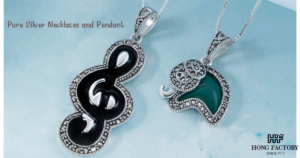Sterling silver has always been admired for its timeless beauty, durability, and versatility in jewelry making. In recent years, however, it has gained another layer of importance: sustainability.
While some may argue that Sterling silver expensive jewelry is less affordable than alternatives, the reality is that it represents one of the most eco-friendly and responsible choices in the jewelry industry. This article explores why sterling silver is both a luxurious and sustainable option for conscious consumers. 925

What Makes Sterling Silver Valuable?
Sterling silver is made from 92.5% pure silver combined with 7.5% alloy metals, typically copper. This composition creates jewelry that is:
- Durable enough for daily wear
- Capable of showcasing intricate designs
- Brilliant with a natural reflective shine
- Long-lasting and recyclable
These qualities not only make sterling silver a smart purchase but also a sustainable one, as it can be reused and repurposed indefinitely.
Sterling Silver Expensive but Sustainable
Sterling silver expensive perception
The phrase Sterling silver expensive often arises when comparing it with stainless steel or plated jewelry. However, the price of sterling silver reflects more than material cost:
- It contains real precious metal with intrinsic value
- Requires skilled craftsmanship for production
- Supports sustainable practices through recycling and reusability
Thus, sterling silver is not just a purchase but an investment in both style and environmental responsibility.
Environmental Benefits of Sterling Silver
Sterling silver is one of the most sustainable metals in the jewelry industry. Its benefits include:
- Recyclability: Old pieces can be melted down and reused without loss of quality.
- Reduced Waste: Unlike fast-fashion jewelry, sterling silver does not end up in landfills after short-term use.
- Lower Carbon Footprint: Responsible sourcing and recycling minimize environmental impact.
These factors make sterling silver an environmentally friendly option compared to disposable fashion accessories.
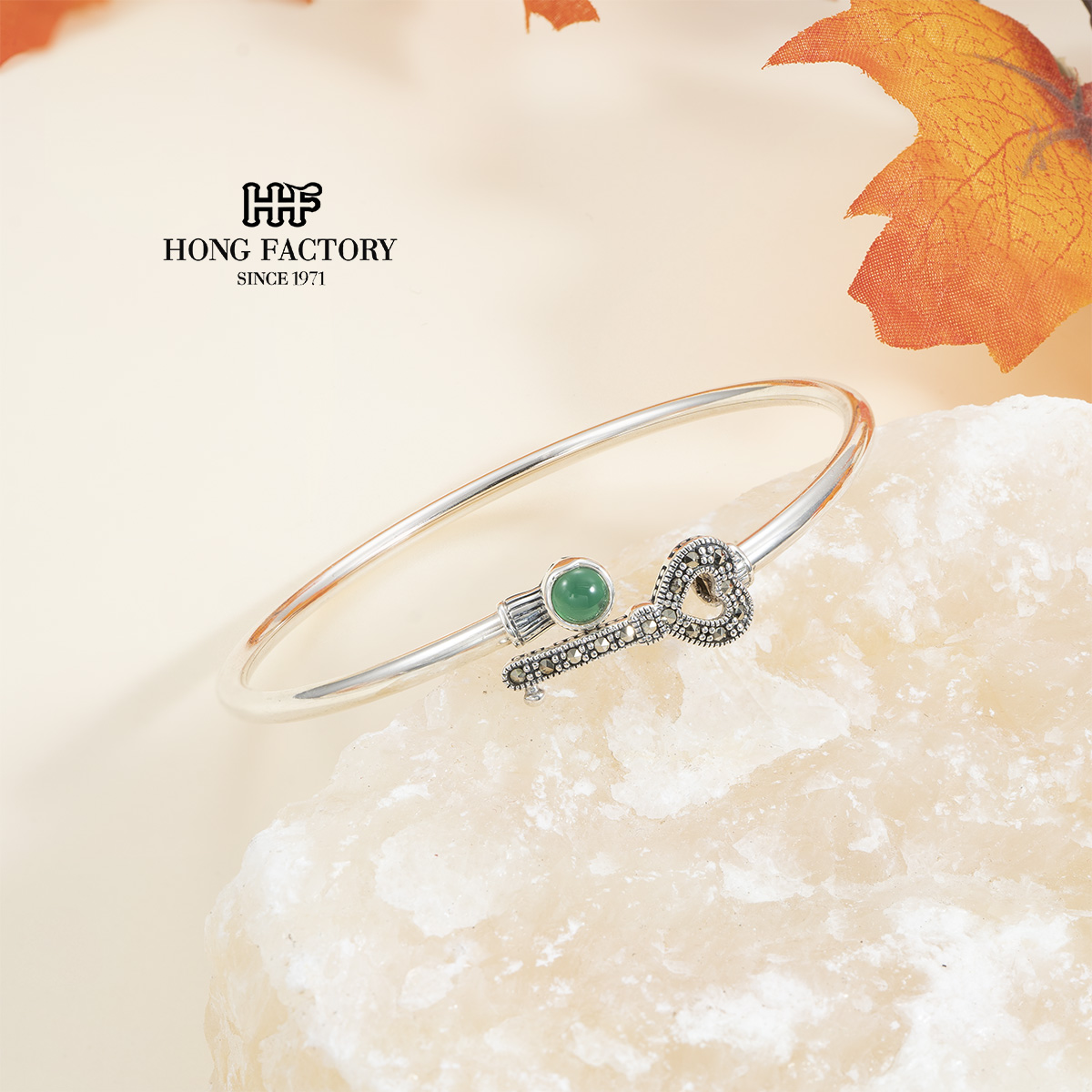
Durability and Longevity
Sterling silver’s durability ensures that jewelry can be worn for decades, reducing the need for constant replacements. Key strengths include:
- Resistance to daily wear and bending
- Ability to maintain brilliance with minimal maintenance
- Longevity, allowing pieces to become heirlooms
This longevity directly supports sustainability by lowering consumption and waste.
Comparing Sterling Silver with Other Jewelry Options
When examining sustainability, sterling silver stands out against alternatives:
- Plated Jewelry: Cheap but short-lived, often discarded quickly.
- Stainless Steel: Durable but lacks intrinsic value and artistry.
- Gold and Platinum: Valuable but more resource-intensive to mine and produce.
Sterling silver provides a middle ground affordable, valuable, and sustainable.
Ethical Jewelry for Conscious Consumers
The global demand for sustainable fashion has pushed consumers to make more mindful choices. Sterling silver aligns with this movement because it:
- Promotes recycling over waste
- Balances affordability with luxury
- Encourages long-term ownership rather than fast turnover
These qualities make sterling silver an ethical choice for consumers who care about style and the environment.
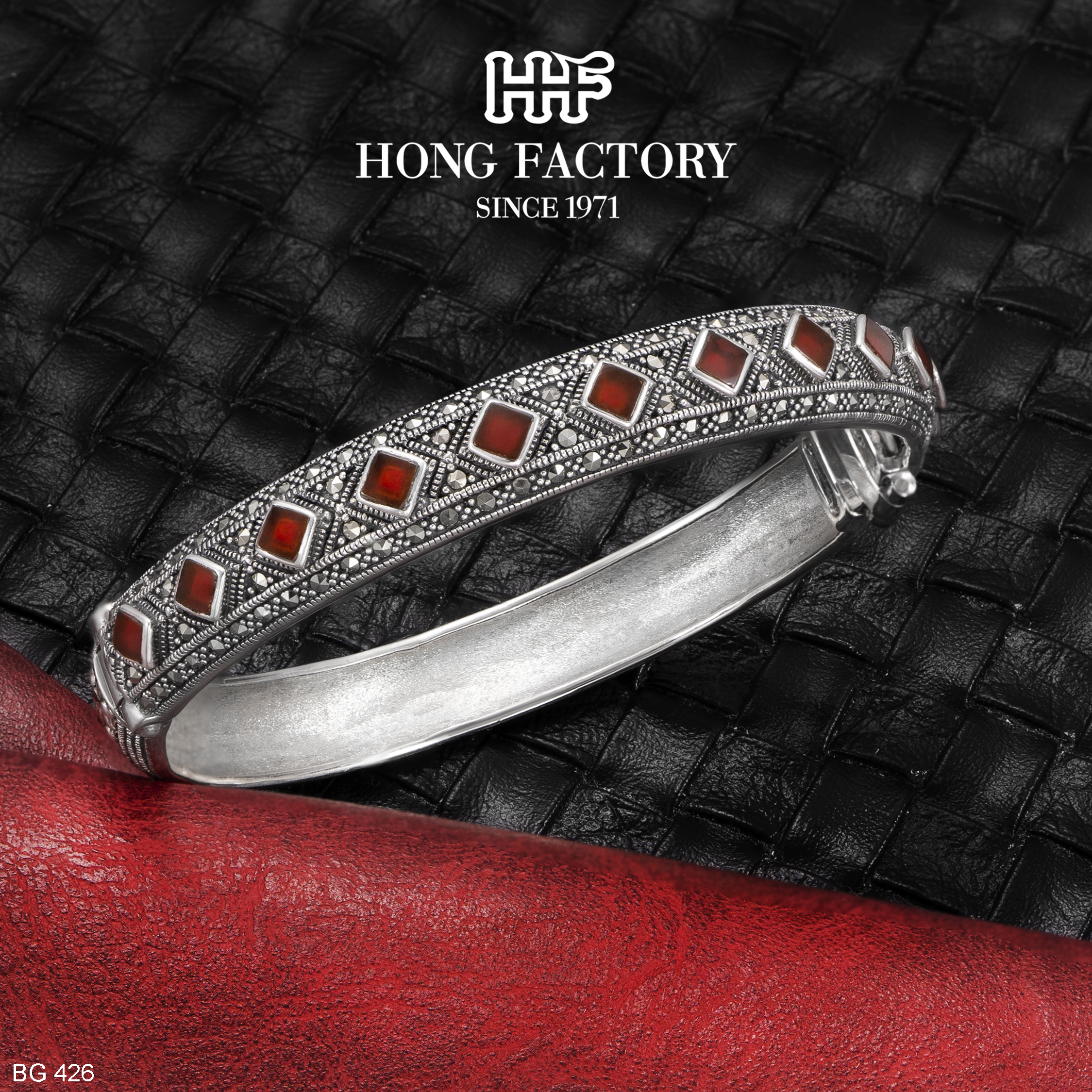
Why Sterling Silver Is a Sustainable Investment
Investing in sterling silver jewelry means:
- Supporting eco-conscious jewelry practices
- Owning versatile and durable designs
- Enjoying affordable luxury that retains intrinsic value
- Reducing environmental impact compared to disposable fashion jewelry
This positions sterling silver as not just jewelry but a commitment to sustainability.
While some may view Sterling silver expensive jewelry as a luxury, it is also one of the most sustainable choices available. Its recyclability, durability, and long-lasting appeal make it far more than a fashion accessory. Sterling silver jewelry offers elegance that endures while supporting eco-conscious living making it both a stylish and responsible investment for the future.
